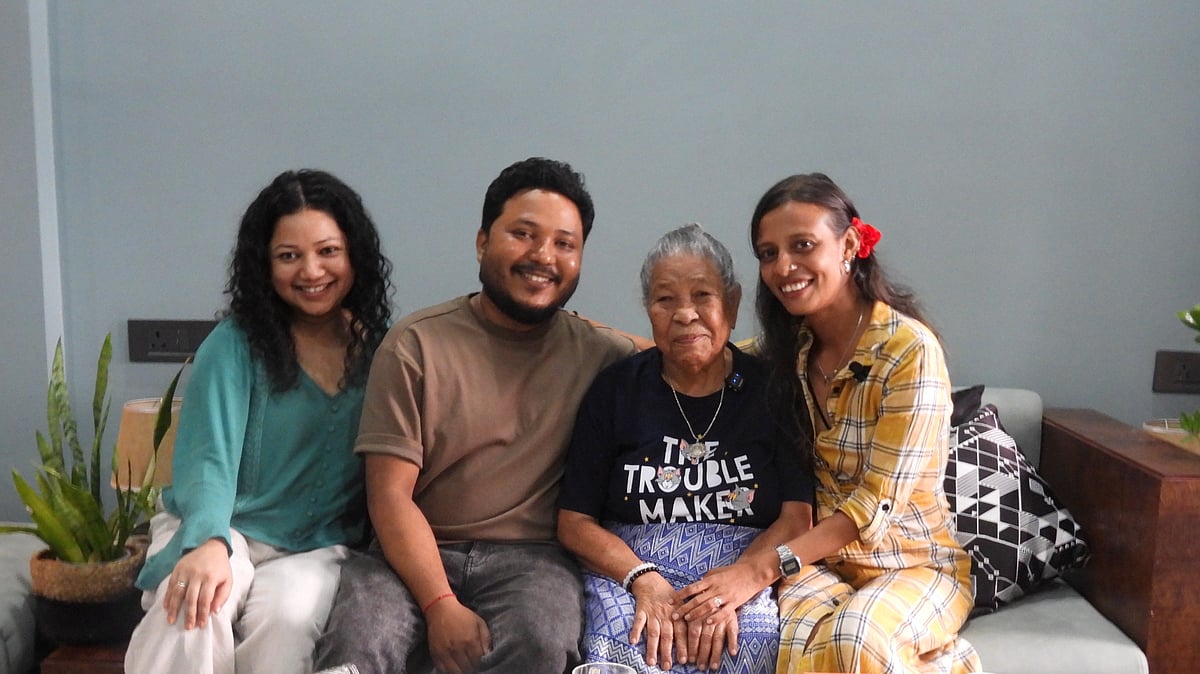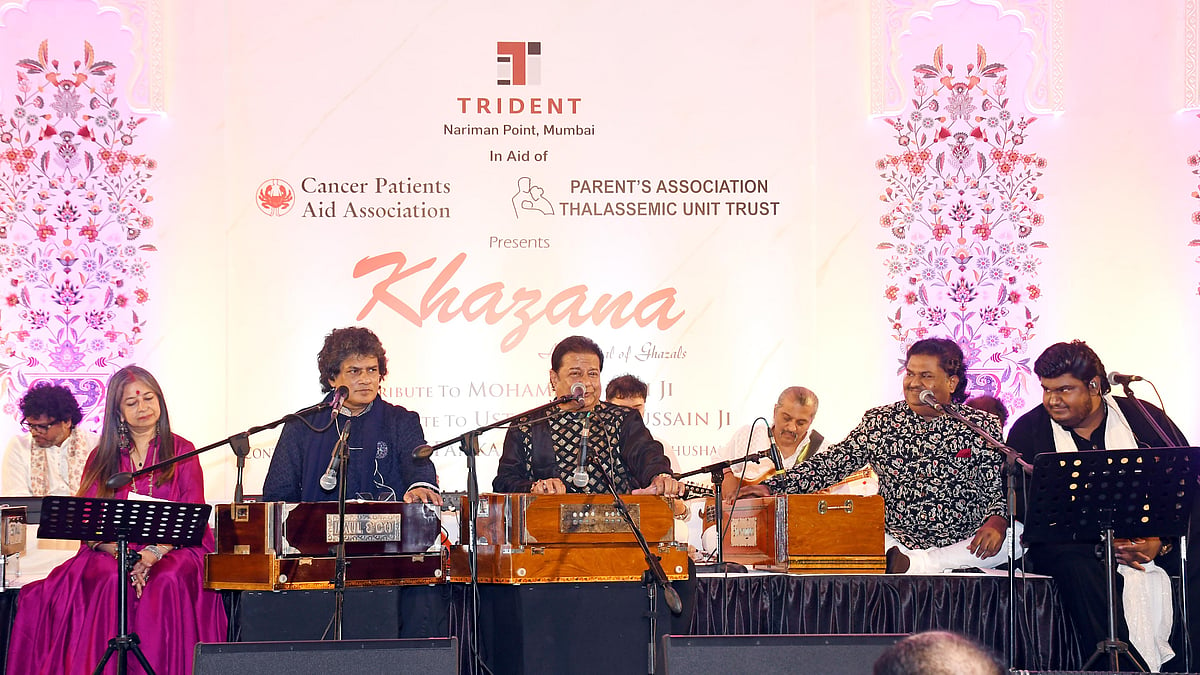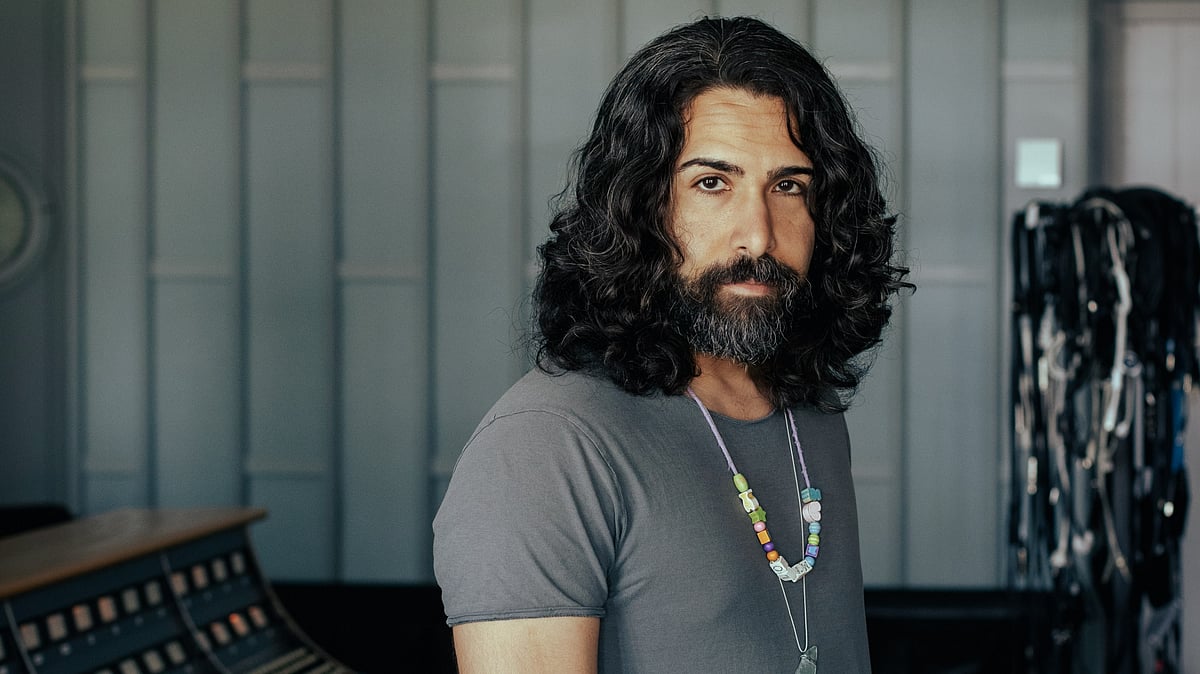While we all enjoy the bounty of Mother Earth, how much do we actually do to safeguard her interests? From global warming to pollution, there are plenty of man-made problems that we dump, literally, on earth. Perhaps with this in mind, Senator Gaylord Nelson founded Earth Day in 1970, to promote ecology and raise awareness about air, water and soil pollution. Observed every year on April 22, Earth Day highlights environmental issues including loss of biodiversity, increasing pollution, etc. The United Nations has also anointed it as ‘International Mother Earth Day’.
However, taking an active interest in our planet cannot be confined to just a single day. It is an ongoing process. Keeping this in mind, various educational institutions have been conducting awareness campaigns and programmes for children, so that they are sensitised from an early age and take an active interest in making the earth a better place.
Climate crusader
Eight-year-old Licypriya Kangujam has taken climate issues to heart. Initially motivated by natural disasters like the earthquake that struck Nepal in 2015, Licypriya’s climate crusade started at the age of six, when she attended the Third Asia Ministerial Conference of Disaster Risks Reduction. Today, her attempts validate, in part, the Earth Day Network’s (EDN) Earth Day 2021 theme - ‘Restore Our Earth’.

Licypriya Kangujam | Pic: Twitter
After actively lobbying state governments in India to follow Italy’s move to mandate climate education in schools, Licypriya’s efforts finally saw success. The state governments of Rajasthan and Gujarat confirmed that they will implement mandatory climate education for the 2020–21 academic year. The move also makes them the first in Asia to move in this direction.
Popular Hindi film actor Bhumi Pednekar joined hands with Licypriya to raise awareness as well. “I will do whatever it takes to bring conversation to the forefront. We owe it to the next generations who will inhabit this planet. We owe it to this planet because it sustains us,” said Bhumi.
Upcycling plastic waste
When COVID-19 cases were on the rise in Kerala, and several COVID Care Centres and treatment facilities were being set up, generating a corresponding demand for beds, mattresses, etc., social entrepreneur Lakshmi Menon thought of making mattresses from personal protective equipment (PPE) waste after she learnt that PPE manufacturing units were facing difficulties in disposing off the factory waste. Her unique bedrolls addressed the supply shortage in her area. The bedrolls are hygienic, lightweight, cost-effective and easier to disinfect, a necessity in situations like the current pandemic.
This was the perfect idea for plastic waste disposal in COVID times as a significant amount of waste remains uncollected and ends up in natural water bodies like seas and oceans or in waste dumps on land, polluting the soil.
In Assam’s Kaziranga National Park, a UNESCO world heritage site, large amounts of plastic waste is generated due to tourist foot-falls. Rupjyoti Saikia Gogoi, a local, came up with a solution: Weaving plastic waste in traditional handlooms and creating daily use products such as table mats, handbags, doormats, etc.

Rupjyoti Saikia Gogoi | Pic: Facebook
Trained in handloom weaving, a skill known to Assamese women since childhood, Rupjyoti uses the same technique and integrates plastic with cotton threads to weave on a traditional handloom.
Through her enterprising venture, Rupjyoti also trained women in nearby villages. Her unique plastic weaving technique initiative not only helped upcycle plastic waste but also facilitated thousands of women earn a livelihood.
Technology to the rescue
Prerna Khanna, a student of Bharati Vidyapeeth College of Engineering in Delhi, developed an Android app called ‘Air Cognizer’ that measures the Air Quality Index (AQI) in an area, using a smartphone. The app developed along with two other students, Tanmay Srivastava and Kanishk Jeet, is available for a free download and is based on machine learning technology that uses image processing techniques to determine the air quality.
The application won the top spot in a contest organised in India under the Celestini Program supported by the US-based Marconi Society. The trio jointly won a cash prize of USD 1500 (Rs 1,09,500) in the contest.

Gitanjali Rao |
“Air Cognizer is simple to use and free, and will prove to be very useful for citizens in cities like Delhi, where air pollution is particularly acute now,” offered the Marconi Society.
Of desi ACs and 3-D printed boxes
In 2017, Jhansi-based Kalyani Shrivastava was in Standard 12 when she built a low-cost and low-on-carbon-footprint air conditioner (AC), powered by solar energy. An environmental crusader, Kalyani’s AC manages a temperature drop of four to five degrees when used for an hour and costs only Rs 1,800. The AC has a thermocol ice box where air is released from a 12-volt DC fan. It doesn’t use electricity and doesn’t emit ozone-depleting chemicals, that is, chlorofluorocarbons (CFCs) into the atmosphere, eliminating pollution concerns. An affordable option for those in the economically backward category, Kalyani’s desi AC is garnering a lot of interest worldwide.
Chairman of RPG Enterprises Harsh Goenka endorsed Kalyani’s innovation, saying, “A 16-year (old) girl from Jhansi has emerged as a saviour for heat-stricken rural people. She has invented an eco-friendly air conditioner! Let’s encourage such talent!”
In Goa’s Assagao, Annuradha Bhatt has been actively coordinating Project Waste Management by a local NGO she works for, to generate awareness among locals about waste segregation and correct environment-friendly waste disposal. Annuradha’s work involves making locals understand that waste disposal is their responsibility as it pollutes their immediate environment, triggering health problems.
Water pollution is another major concern. Caused largely by industrial effluents, sewer leakage and chemical contamination, this can lead to ailments and ultimately, fatalities. In 2017, 15-year-old Gitanjali Rao developed a portable device – Tethys – which checks lead content in drinking water. Named after the Greek goddess of clean water, the device is inspired by technology used to detect hazardous gas in air. “I think being a scientist is like being a superhero, because superheroes save people, and want to do what is best for their society – scientists do the same exact thing,” she says. Gitanjali’s device, a 3D-printed box, comprises a battery, bluetooth mechanism and carbon nanotubes. Gitanjali was named TIME magazine’s ‘Kid of the Year 2020’ for her ‘exceptional use of technology to solve world problems’.
So, as is evident, the youth shall save the world!











